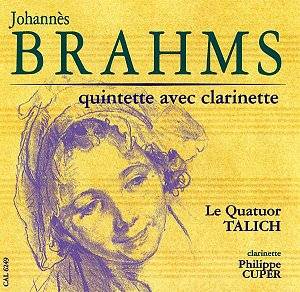 Composer: Gundula Janowitz
Composer: Gundula Janowitz
Works: Arias by Weber & Wagner, Lieder by Schubert, Vier Letzte Lieder (Four Last Songs) R. Strauss
Performers: Gundula Janowitz, soprano; Irwin Gage, piano; Orchestra of Deutsches Opera, Berlin/Ferdinand Leitner; Berlin Philharmonic/Karajan
Recording: Berlin, Germany, 1967-77
Label: DECCA
The Decca release of Gundula Janowitz’s contributions to the “The Singers” series encapsulates a pivotal moment in the singer’s illustrious career. Janowitz, a leading light in the lyric soprano repertoire, made her professional debut in Vienna in 1960 and quickly ascended through the ranks of the opera world, often under the baton of the esteemed Herbert von Karajan. This collection features a mix of operatic arias and art songs, presenting a curated glimpse into her artistry, albeit one that feels somewhat constrained by the absence of certain key works that might offer a fuller picture of her artistic range.
From the outset, the disc showcases Janowitz’s ethereal timbre, particularly evident in her rendition of Agathe’s aria “Wie nahte.” The silvery brilliance of her upper register is striking, yet there is a sense that the deeper emotional nuances are not fully explored in this early recording. The subsequent cavatina “Und ob die Walke” from Der Freischütz reveals a mellower middle voice, but one can sense a slight tension in the higher climaxes, where her signature brilliance occasionally gives way to a more bland interpretation. It is in the Tannhäuser extracts, particularly her portrayal of Elisabeth, that the listener is treated to moments of extraordinary beauty, showcasing her ability to convey deep emotion through nuanced vocal color.
The technical aspects of Janowitz’s performance are noteworthy. Her voice, characterized by a creamy center and a soaring upper register, resonates superbly in the orchestral textures crafted by the Berliner Philharmoniker under Karajan. However, her interpretations here are often marked by a lack of dramatic characterization, a trait that would evolve in her later years. The spirituality found in the Lohengrin selections conveys innocence but lacks the fullness of tone that would later define her mature performances.
Irwin Gage’s piano accompaniment is consistently supportive, although one occasionally longs for a more assertive partnership, especially in the Lieder. The Schubert songs, particularly tracks 8 and 9, reveal a depth of expression that Janowitz only began to explore more fully in the 1970s, marking a significant evolution in her artistry. The recording quality, a hallmark of Deutsche Grammophon, allows for a clear and vibrant listening experience, though it is worth noting that the volume discrepancies between tracks can be distracting, particularly in the “Vier Letzte Lieder,” which are set at a noticeably louder level.
When placed alongside other notable interpretations of Strauss’s Vier Letzte Lieder, such as those by Elisabeth Schwarzkopf and Jessye Norman, Janowitz’s performance stands out for its lyrical beauty and heartfelt expression, yet it lacks the dramatic weight found in Schwarzkopf’s acclaimed interpretation. The presence of Richard Wigmore’s insightful essay in the accompanying booklet adds valuable context and enhances the listening experience, providing a thoughtful analysis of Janowitz’s contributions to the repertoire.
The collection, while somewhat idiosyncratic in its repertoire choices, offers a commendable snapshot of Gundula Janowitz’s vocal artistry during a significant period of her career. The selection is marked by moments of extraordinary beauty and technical prowess, yet it also hints at the limitations of her earlier interpretations. While this recording may not encapsulate the entirety of her interpretative range, it remains a valuable document for those wishing to explore the evolution of one of the 20th century’s preeminent lyric sopranos.



